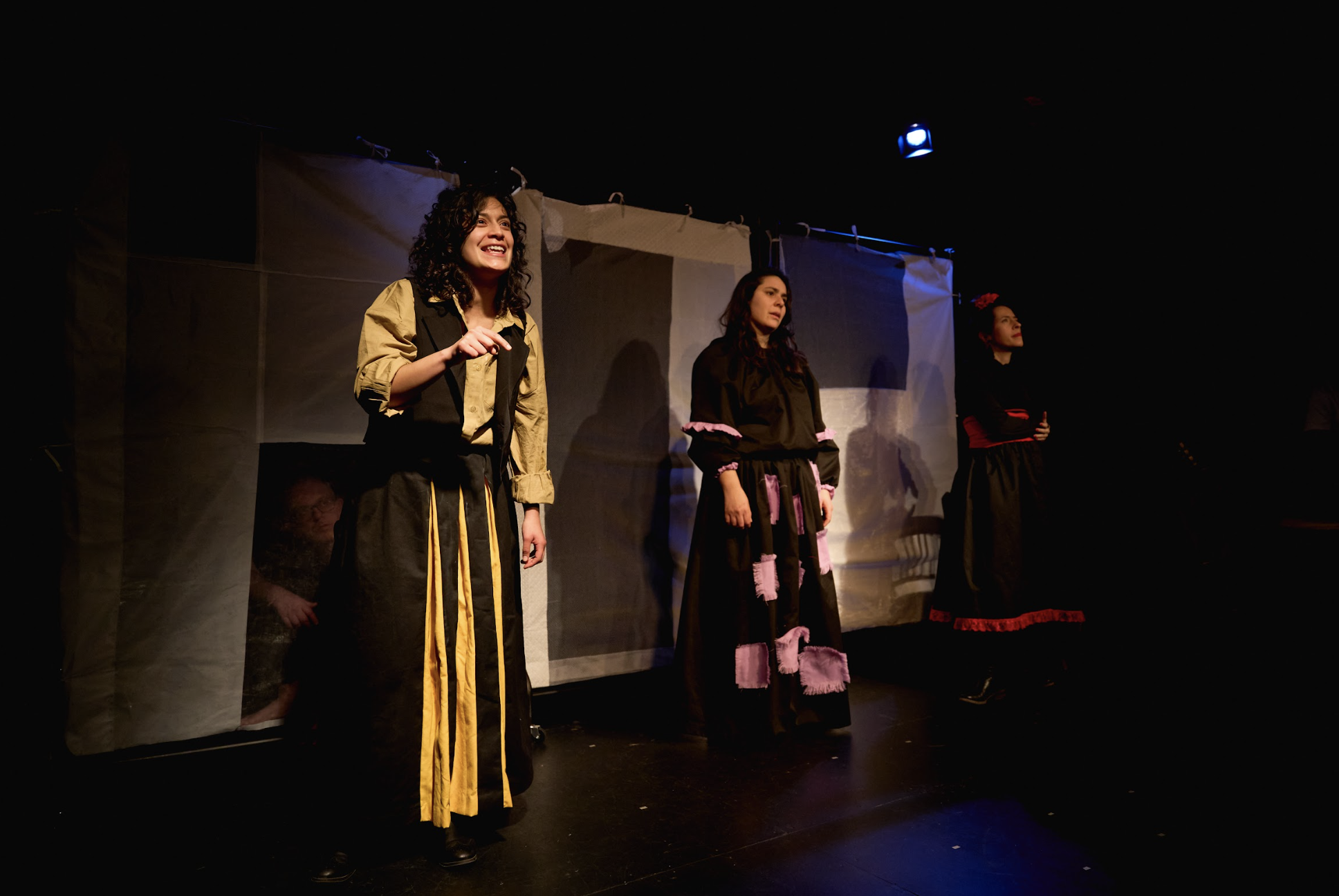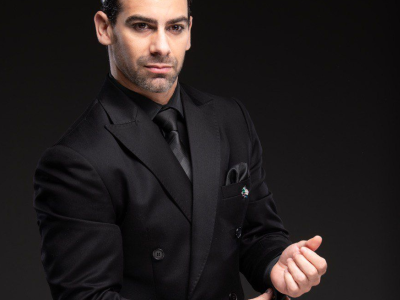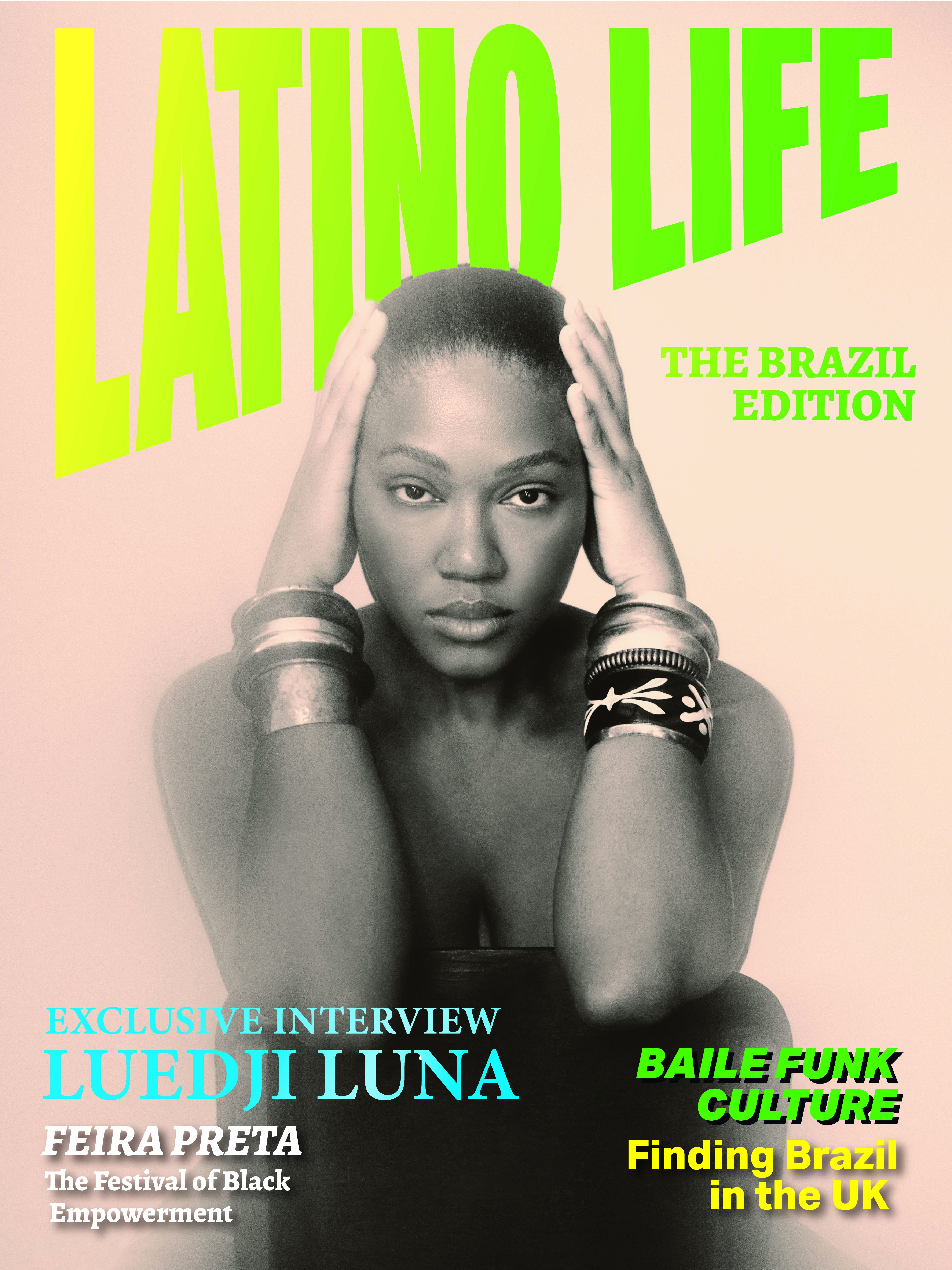What the audience is given access to onstage comes as the result of a long, considered working process of collaboration and discussion. The characters of renowned Mexican artist Frida Kahlo (Jimena Larraguivel), Chilean singer-songwriter Violeta Parra (Samantha Manzur) and little known Colombian painter Judith Márquez (Mariana Aristizabal) have been built up and brought to life painstakingly and lovingly, through community involvement that seeks to represent and resonate with women with mental health challenges.
Writer and director Constanza Hola Chamy wrote the first monologue in an act of personal “catharsis and therapy”, and from there was struck by the reaction she had from particularly female audience members, who described to her that the work was “honest, and not patronising, and so obviously written by a woman” (Hola Chamy). From here, two versions of the play were developed in parallel — one starring professional actors, and one starring community members — with the explicit aim to “develop an innovative, inclusive and diverse experience”.
The monologue format serves the play well. “The text has dialogue, but the characters don’t”; the three women speak to the audience and not each other, and tell their interwoven stories in their own voices. Through a text that interacts, and characters who don’t, the writing emphasises the simultaneously isolating and unifying experience of mental illness. The parallels and instances of similarity across the three women’s lives are thematically and structurally highlighted by the script and staging, but each character is forced to struggle by themselves.
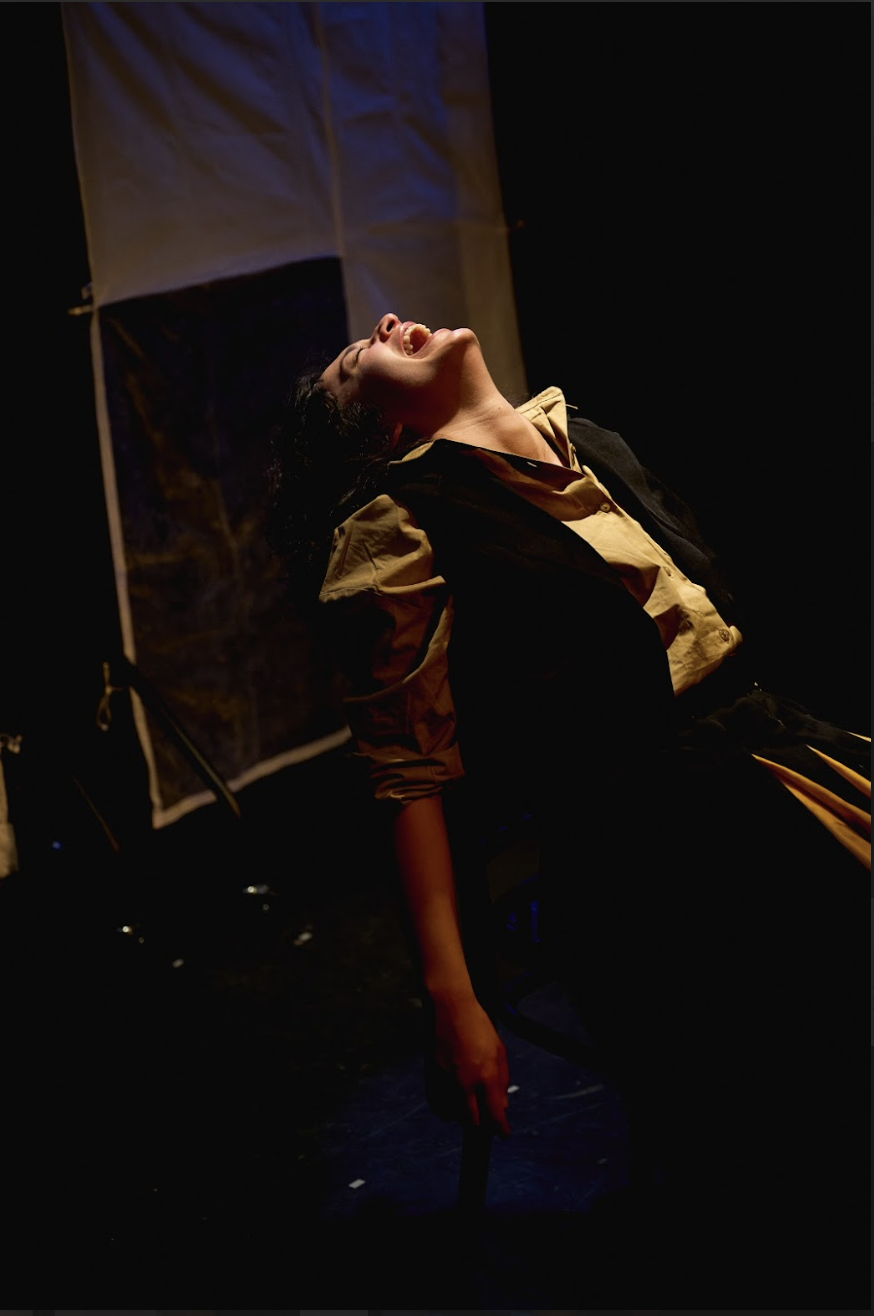
Hola Chamy capitalises on this cruel irony to paint a deeply evocative portrait: we see each woman feeling alone and abnormal, standing alongside two other women who feel alone and abnormal. This device lends itself to an expression of stigma and solitude, and makes it all the more impactful when, at the end of the play, the characters finally interact. In a moment of emotionally purifying fantasy and fiction, we see the possibility and power of connection and empathy that these women were not privy to in their own lives. The catharsis that the writer found in devising her original monologue is made accessible to the audience; we are shown a world in which our Frida, our Violeta and our Judith can feel seen.
Not all of the creative choices translate as well to the stage. One such example is the utilisation of David Bower in the background of the play. In speaking to Hola Chamy, she describes his role as a physical representation of “the idea of all the masculine figures in their life through the play…and all of the masculine forces, and the disruptive influence of men”. She also speaks to the inclusion of a deaf actor in this role, and how they combined BSL and interpretive sign dancing as an extension of the play’s interest in languages and conveying information.
Whilst the theory is pertinent in regards both to masculinity and linguistics, the execution doesn’t do it justice. The fact that the actor is deaf is only accessible to the audience if they do quite a bit of digging or happen upon someone who knows, and without this knowledge, the specificity of the creative commentary on communication is almost entirely lost. The “claustrophobic” male omnipresence comes through, but it’s a bit messy to watch.

Similarly, some of the staging choices could also have done with an edit. Actors move wooden chairs and fabric panels around the stage, and it’s all a bit untidy; the emphatic synchronicity that could make these moments impactful is not achieved, and because it isn’t quite right, it feels very amateur. It is in choices like this, and in the somewhat murky significance of Bower’s contribution, that we see one of the key downsides of workshopping: there are plenty of people involved, but not enough with the distance from the piece to allow all the cuts and changes that could have made the play just a bit more slick.
When we focus on the writing, though, Mad Women becomes something quite special. The play’s expressed concerns are “the topics of sexuality, motherhood, women in arts and gender oppression”, and Hola Chamy’s script, alongside all three performances, takes a raw, unfiltered, sincere approach. As opposed to so many narratives of women and mental illness, these depictions are not romanticised, nor are the women they centre made terrifying and ugly. Most of all, Hola Chamy hopes that the audience will leave with an understanding of the “humanity” of the women onstage, as well as the wider group of people they could be seen to illustrate.
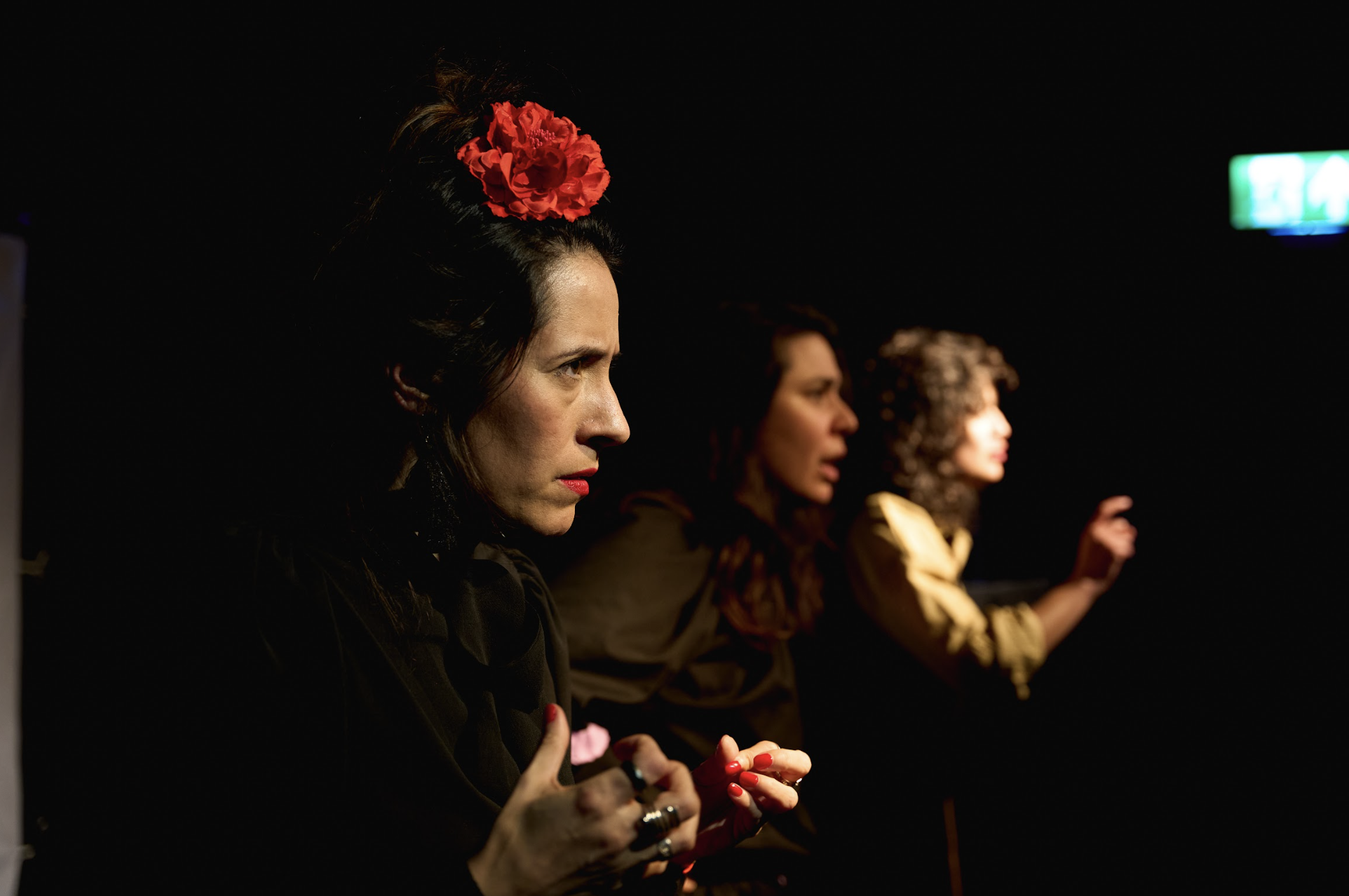
Mad Women is not an easy watch, nor is it a flawless production. As they say, a camel is a horse designed by committee, and this is a camel for better and for worse. At its heart, however, this play is dedicated to telling stories of mental illness, and of life and death despite it all, without censorship. It does not seek to make the audience comfortable, and this is to its great credit. Like the women it chronicles, it is brave and imperfect and worth paying attention to.


